Is your current lighting setup doing justice to your home’s design? For many, the answer is no. Plasterboard lighting, often overlooked in favor of traditional fixtures, has the potential to revolutionize how you light your spaces, blending seamlessly with the architecture and creating a flawless, modern look. This innovative approach not only enhances the aesthetics of a room but also addresses common challenges such as visual clutter and uneven light distribution.
The benefits of plasterboard lighting are numerous. Not only does it offer a sleek, integrated appearance, but it also improves energy efficiency, reduces maintenance needs, and provides greater flexibility in design. Whether you’re updating a single room or planning a full renovation, plasterboard lighting can elevate your space to a new level of sophistication.
In “The Ultimate Guide to Plasterboard Lighting,” we’ll explore everything you need about this transformative lighting solution. From understanding the different types available to practical tips for installation, this guide will equip you with the knowledge to make informed decisions and create beautifully lit spaces. Let’s dive in and discover how plasterboard lighting can make your home shine.
Understanding Plasterboard Lighting
Plasterboard lighting is an innovative approach to modern interior design that integrates lighting fixtures directly into plasterboard ceilings and walls. Unlike traditional lighting methods, where fixtures are mounted on the surface, plasterboard lighting seamlessly embeds lights within the structure. This results in a sleek, discreet appearance that aligns perfectly with contemporary aesthetics. It allows for a clean, minimalist look that doesn’t compromise functionality.
The Role of Lighting in Modern Interior Design
Lighting plays a critical role in setting the tone of a room. It’s not just about illumination; it’s about crafting the atmosphere. In modern interior design, lighting is used to accentuate architectural features, create focal points, and influence the overall mood of a space. Plasterboard lighting excels in this regard, allowing designers to integrate light as an intrinsic part of the environment rather than an afterthought. The result is a harmonious blend of light and structure, enhancing a room’s visual appeal and functionality.
Why Plasterboard Lighting is Gaining Popularity
The surge in popularity of plasterboard lighting can be attributed to its aesthetic appeal and practical benefits. As more people seek to create streamlined, modern spaces, the demand for lighting solutions that do not disrupt the visual flow of a room has increased. Plasterboard lighting meets this need with its ability to provide both form and function. Additionally, advancements in LED technology have made it a more energy-efficient and versatile option, suitable for various residential and commercial settings.
Plasterboard Basics
What is Plasterboard?
Plasterboard, often called drywall, is a construction material for creating walls and ceilings. It consists of a gypsum core encased in paper or fiberglass, making it easy to install and finish. This material is widely favored for its versatility, cost-effectiveness, and ease of use. Plasterboard can be painted, wallpapered, or finished with other materials, offering a flexible base for interior surfaces.
Types of Plasterboard
Different types of plasterboard are designed to meet specific needs, each offering unique properties that make them suitable for various applications.
- Water Resistant Plasterboard: Water-resistant plasterboard is essential for moisture-prone areas, such as bathrooms and kitchens. It contains additives that prevent water absorption, protecting the integrity of the walls and ceilings in damp environments.
- Insulated Plasterboard: Insulated plasterboard combines the standard gypsum board with a layer of thermal insulation. This type is ideal for maintaining temperature control within a space, helping retain heat, and reducing energy costs.
- Acoustic Plasterboard: The acoustic plasterboard is engineered to minimize sound transmission between rooms. Its higher density helps absorb sound, making it a preferred choice for environments where noise reduction is crucial, such as bedrooms, home theaters, and office spaces.
- Fire Resistant Plasterboard: Fire-resistant plasterboard is designed to withstand high temperatures and slow fire spread. Reinforced with fire-retardant materials, it provides critical protection in areas that require enhanced fire safety measures, such as stairwells and corridors.
- Impact Resistant Plasterboard: Impact-resistant plasterboard offers enhanced durability, making it suitable for high-traffic areas like schools, hospitals, and commercial buildings. It is reinforced to resist physical damage, ensuring longevity and reducing the need for repairs.
Key Benefits of Plasterboard Lighting
Aesthetic Appeal and Seamless Integration
Plasterboard lighting is a cornerstone of modern interior design, celebrated for its ability to create clean, uninterrupted lines. By embedding lights within the plasterboard, designers can eliminate the clutter of exposed fixtures, resulting in a more open and refined space. This seamless integration allows the room’s architecture to shine, emphasizing the beauty of simplicity.
The versatility of plasterboard lighting makes it suitable for a wide range of spaces. In living rooms, it can create a warm, inviting atmosphere. In kitchens, it provides functional illumination that enhances the room’s utility without sacrificing style. Each room can benefit from the tailored aesthetic that plasterboard lighting offers, ensuring that the design remains cohesive throughout the home.
Enhanced Energy Efficiency
One of the standout features of plasterboard lighting is its energy efficiency. LED technology significantly reduces energy consumption compared to traditional lighting options. LED lights consume less power, generate less heat, and have a longer lifespan, making them a sustainable choice for modern homes and businesses. This reduction in energy usage translates to lower electricity bills, providing long-term savings.
LED lights used in plasterboard installations not only save energy but also reduce the frequency of bulb replacements. Their durability and low heat output contribute to a more sustainable living environment, aligning with the growing emphasis on eco-friendly building practices. You invest in an economical and environmentally responsible solution by choosing LED plasterboard lighting.
Design Versatility
Plasterboard lighting offers an unparalleled level of customization. Whether you want to create a cozy ambiance in a living room or highlight architectural features in a commercial space, plasterboard lighting can be tailored to meet your needs. The ability to design bespoke lighting solutions allows for greater creativity, ensuring that the lighting serves its functional purpose and enhances the overall aesthetic of the space.
The adaptability of plasterboard lighting makes it an excellent choice for residential and commercial applications. In homes, it can be used to create intimate, personalized spaces, while in commercial settings, it can help define the brand’s identity and enhance the customer experience. This flexibility ensures that plasterboard lighting can meet the diverse needs of different environments.
Exploring Different Types of Plasterboard Lighting
Recessed Lighting
Recessed lighting, often called downlighting, is popular for plasterboard ceilings. These fixtures are embedded within the ceiling, providing a streamlined, modern look. The primary advantage of recessed lighting is its ability to offer bright, focused illumination without the bulk of traditional fixtures, making it ideal for spaces where a minimalist aesthetic is desired.
Recessed plasterboard lights are perfect for areas where ceiling height is a concern or where a clean, unobtrusive look is desired. They work well in kitchens, bathrooms, and hallways, providing general illumination that can complement other types of lighting to create a layered effect.
Surface-Mounted Lighting
Surface-mounted lighting fixtures are attached directly to the plasterboard surface and are visible within the room. These fixtures are ideal for spaces where recessed lighting isn’t feasible, such as rooms with limited ceiling depth. Surface-mounted lights provide a practical solution that combines functionality with style, making them a versatile option for various design aesthetics.
Surface-mounted lights come in various styles, from sleek, contemporary designs to ornate options. They can enhance a room’s overall design by adding a decorative element that complements the existing décor. These fixtures are especially useful for creating focal points or highlighting specific areas within a space, adding light and character.
LED Strip Lighting
LED strip lighting is an innovative way to add ambiance to any room. These flexible strips can be placed along the edges of ceilings, under cabinets, or within recessed areas to create a soft, diffused light that enhances the mood of the space. LED strips are particularly effective in creating a warm, inviting atmosphere, perfect for spaces where relaxation and comfort are paramount.
Incorporating LED strips into plasterboard ceilings requires careful planning and precise installation. The strips can be concealed within the plasterboard, creating a clean, modern look that doesn’t detract from the room’s design. LED strips are ideal for use in living rooms, bedrooms, and bathrooms where ambient lighting is desired, adding a touch of elegance to everyday spaces (LED strips in bedroom light).
Éclairage Cove
Cove lighting provides indirect illumination by reflecting light off the ceiling or walls. This technique creates a soft, ambient glow that enhances the atmosphere of a room. Cove lighting is perfect for living rooms, dining rooms, and bedrooms, where a relaxing, intimate environment is desired. By hiding the light source, cove lighting offers a sophisticated way to illuminate a space without harsh direct light.
Perimeter Lighting
Perimeter lighting involves installing lights around the edges of a room to create a continuous line of light. This type of lighting is excellent for adding depth and drama, emphasizing architectural details, and creating a sense of expansiveness. Perimeter lighting can transform a flat, uninteresting space into one that is dynamic and visually engaging, making it an ideal choice for modern interiors.
Éclairage d'accentuation
Accent lighting draws attention to specific features within a room, such as artwork, architectural elements, or decorative pieces. By embedding accent lights into the plasterboard, you can create focal points that enhance the visual interest of a space. This type of lighting is particularly effective in spaces where you want to highlight the room’s unique characteristics, adding a layer of sophistication and style.
Wall Washers
Wall washers are designed to distribute light evenly across a wall, creating a soft, uniform glow that highlights textures, colors, and architectural details. When installed in plasterboard, these fixtures can dramatically alter the appearance of a space, making walls appear brighter and more vibrant. Wall washers are ideal.
Track Lighting
Track lighting consists of a continuous track mounted on the plasterboard ceiling, with multiple adjustable light fixtures attached. This type of lighting is highly versatile and can be directed to illuminate different areas or objects within a room. Track lighting is particularly useful in spaces that require flexible lighting solutions, such as kitchens, studios, and retail spaces.
Plasterboard Lighting for Different Rooms
- Living Room Lighting: The living room is the heart of the home, where families gather, and guests are entertained. Plasterboard lighting can create a cozy, inviting atmosphere by combining ambient, task, and accent lighting. Recessed lights can provide general illumination, while LED strips or cove lighting can add warmth and depth, making the space feel more intimate and welcoming.
- Kitchen Lighting: In the kitchen, functionality is key, but that doesn’t mean you have to sacrifice style. Plasterboard lighting can enhance the practicality of the kitchen by providing bright, focused lighting for cooking and food preparation. At the same time, under-cabinet lighting and accent lights can highlight design features, adding to the room’s aesthetic appeal.
- Bathroom Lighting: In the bathroom, safety is paramount, but that doesn’t mean elegance has to take a back seat. Plasterboard lighting can create a well-lit, safe environment while maintaining a sleek, modern look. Recessed lights in the ceiling, combined with LED strips around mirrors and vanity areas, can provide both functional and decorative lighting, ensuring the bathroom is beautiful and practical.
- Bedroom Lighting: The bedroom should be a sanctuary, a place of rest. Plasterboard lighting can help create this serene retreat by using soft, dimmable lights that can be adjusted to suit different moods. Cove lighting and recessed lights create a calm, soothing atmosphere, perfect for unwinding after a long day.
- Office Lighting: In an office, proper lighting is essential for productivity. Plasterboard lighting can provide the bright, even illumination needed for tasks while reducing glare and eye strain. Recessed and strategically placed task lights can create a well-lit, efficient workspace that boosts productivity and enhances focus.
Design Considerations for Plasterboard Lighting
Planning and Layout
When planning plasterboard lighting, it’s crucial to consider the room’s size and the ceiling’s height. These factors will influence the type and placement of lighting fixtures. Larger rooms may require more lights to achieve even illumination, while higher ceilings may benefit from pendant lights or chandeliers to bring the light source closer to the occupants.
Before installing plasterboard lighting, consider the purpose of the space and the desired lighting effect—plan for potential obstacles, such as beams or ducts, that could interfere with the installation. Proper planning ensures a smooth installation process and optimal lighting results.
Lighting Control
Smart lighting systems allow for greater control over your plasterboard lighting. By integrating dimmers, sensors, and smart switches, you can easily adjust the lighting to suit different activities and moods. Smart lighting also offers energy-saving benefits, as lights can be programmed to turn off when not in use.
Integration with Other Elements
Plasterboard lighting can be integrated with other elements of a room, such as HVAC systems, audio speakers, and security sensors. This integration creates a cohesive design and enhances the functionality of the space. For example, recessed lights can be installed alongside air vents to maintain a clean, uncluttered ceiling.
Safety and Compliance
Safety is a critical consideration when installing plasterboard lighting. Ensure that all electrical work complies with local building codes and regulations. Proper insulation and ventilation are also important to prevent overheating and reduce fire risk. Hiring a licensed electrician ensures that all safety standards are met, providing peace of mind and a safe environment.
Structural Integrity
Plasterboard is lightweight, but it’s important to ensure that the ceiling can support the weight of the lighting fixtures. Additional reinforcement may be needed for heavier fixtures like chandeliers. This can be achieved by using metal brackets or backing boards to provide extra support, maintaining the structural integrity of the ceiling.
Gestion de la chaleur
Lighting fixtures, especially those with high wattage, generate heat that can affect the plasterboard over time. To prevent overheating, opt for energy-efficient LED lights that produce minimal heat. Additionally, adequate ventilation around the fixtures should be ensured to dissipate any heat buildup, preserving the integrity of the plasterboard.
Maintenance and Accessibility
While plasterboard lighting is designed to be discreet, it’s important to consider maintenance and accessibility. Choose fixtures with easy-to-replace bulbs and ensure the wiring is accessible for future upgrades. Planning access points during installation can save time and reduce the risk of damaging the plasterboard when repairs are needed.
Inspiring Plasterboard Lighting Design Ideas
Minimalist Designs
Minimalist plasterboard lighting focuses on clean lines and simplicity. Recessed lights and LED strips are ideal for creating a sleek, contemporary look that emphasizes the architecture of the space. This approach works well in modern homes where less is more, creating a functional and aesthetically pleasing environment.
Creative Residential Lighting Concepts
Innovative plasterboard lighting can transform living spaces by highlighting unique architectural features and creating dynamic visual effects. Consider using a combination of recessed lights, LED strips, and accent lighting to enhance your home’s functionality and aesthetic appeal.
Plasterboard Lighting in Commercial Spaces
In commercial spaces, plasterboard lighting can create a professional and welcoming environment. Proper lighting can boost productivity by reducing eye strain and creating a comfortable atmosphere. Additionally, well-designed lighting can enhance a company’s brand image by positively impacting clients and visitors.
FAQs
Q: Can plasterboard lighting be used in every room, including wet areas like bathrooms?
A: Plasterboard lighting is versatile enough for every room, including wet areas like bathrooms. Using water-resistant plasterboard and moisture-resistant LED lights, you can safely install plasterboard lighting in spaces exposed to humidity, ensuring functionality and safety.
Q: How does plasterboard lighting contribute to energy efficiency?
A: Plasterboard lighting often utilizes LED technology, which is highly energy-efficient. LED lights consume less power, produce minimal heat, and have a longer lifespan compared to traditional bulbs, helping you reduce energy costs and environmental impact.
Q: What are the advantages of recessed lighting in plasterboard ceilings?
A: Recessed lighting offers a sleek, modern appearance by sitting flush with the plasterboard surface. It provides focused illumination without the clutter of exposed fixtures, making it ideal for minimalist designs and spaces where ceiling height is a concern.
Q: Is plasterboard lighting easy to maintain?
A: Yes, plasterboard lighting is relatively low-maintenance. Using durable materials and long-lasting LED lights means fewer replacements and less frequent maintenance. Additionally, the recessed design protects lights from dust and debris, extending their longevity.
Q: Can plasterboard support heavy lighting fixtures like chandeliers?
A: While plasterboard is lightweight, it can support heavier fixtures like chandeliers with proper reinforcement. Using metal brackets or backing boards ensures that the ceiling can bear the additional weight, maintaining the structural integrity of the installation.
Q: What makes LED strip lighting a popular choice for plasterboard installations?
A: LED strip lighting is favored for its flexibility and ability to create ambient lighting effects. It can be easily concealed within plasterboard ceilings or walls, providing a soft, diffused light that enhances the mood of a room without detracting from the design.
Q: Are there smart lighting options available for plasterboard installations?
A: Absolutely! Smart lighting systems can be integrated into plasterboard installations, allowing you to control your lighting remotely via apps or voice commands. These systems offer convenience, energy efficiency, and customization, making them a smart choice for modern homes and businesses.
Q: How does plasterboard lighting enhance the aesthetics of a room?
A: Plasterboard lighting enhances aesthetics by providing a seamless, clean look that complements modern interior designs. The room maintains a sleek, uncluttered appearance by embedding lights within the plasterboard, allowing architectural features and decor to shine.
Q: What safety considerations should I consider when installing plasterboard lighting?
A: Safety is paramount when installing plasterboard lighting. Ensure all electrical work complies with local building codes and use proper insulation and ventilation to prevent overheating. Hiring a licensed electrician can ensure that the installation meets all safety standards.
Q: What types of plasterboard are best suited for specific room needs?
A: Different types of plasterboard serve specific purposes. For bathrooms and kitchens, water-resistant plasterboard is ideal. Acoustic plasterboard is best for soundproofing rooms like bedrooms or home theaters, while fire-resistant plasterboard is crucial for areas requiring enhanced fire safety.
Conclusion
Incorporating plasterboard lighting into your next project can elevate your space with its perfect balance of style and efficiency. Whether you’re designing a residential sanctuary or a vibrant commercial setting, plasterboard lighting offers unmatched versatility and seamless aesthetic integration. By carefully selecting the right fixtures and planning your layout with attention to energy efficiency and maintenance, you can create a lighting scheme that illuminates and enhances your space’s overall ambiance.
Unitop is here to assist those looking to take their lighting to the next level. As one of China’s leading manufacturers of Bandes lumineuses LED et Flexible à néon LED, we bring industry-leading expertise and a commitment to delivering high-quality, innovative lighting solutions. If you have any questions or specific requirements, please nous contacter. Let Unitop help you transform your space with our state-of-the-art LED products.

Tom est maintenant le directeur des ventes de Unitop (China) Co., Limited. Il a été dans le Éclairage LED l'industrie depuis 2005. Il est expert en ventes et marketing, et en gestion d'usine. Il aime le bodybuilding, et il est aussi un fan fou d'Apple ! C'est un travailleur acharné qui aime apprendre et essayer de nouvelles choses.
Email : tom@unitopledstrip.com WhatsApp : +86-18680307140

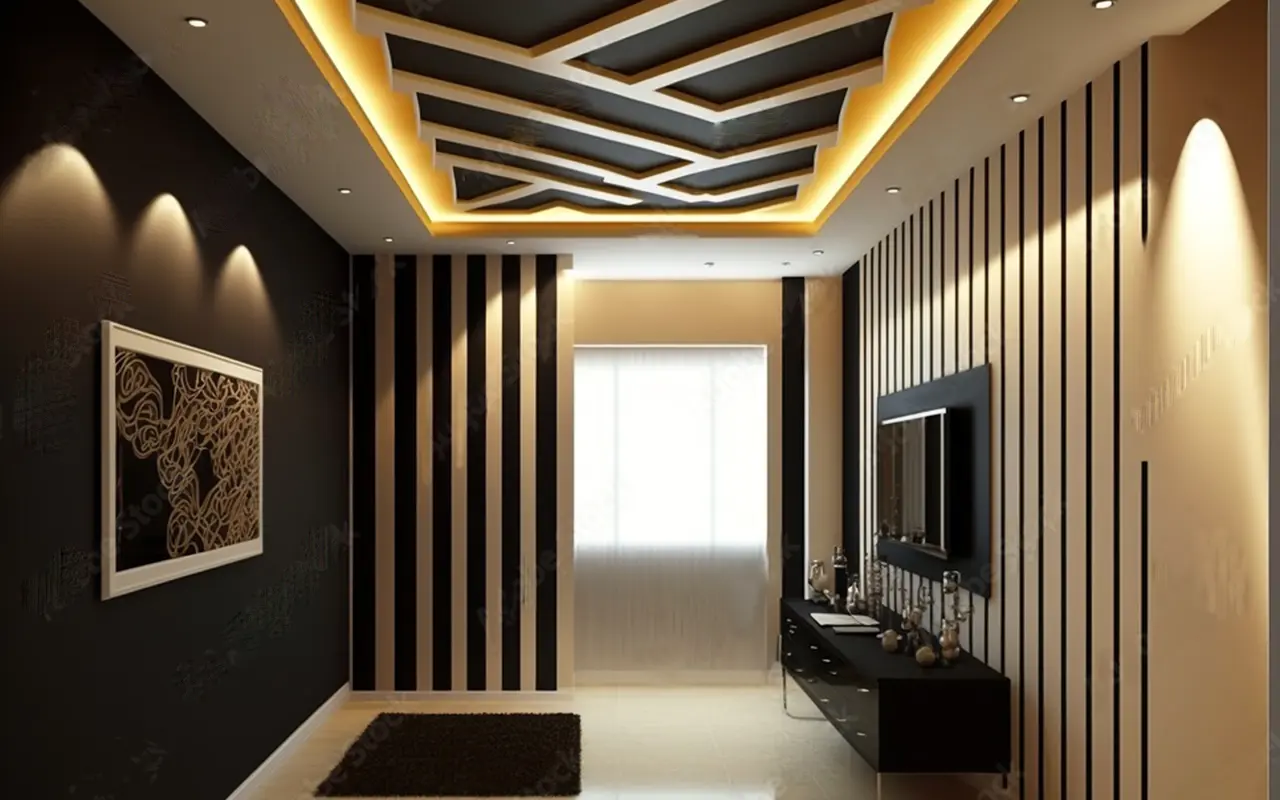
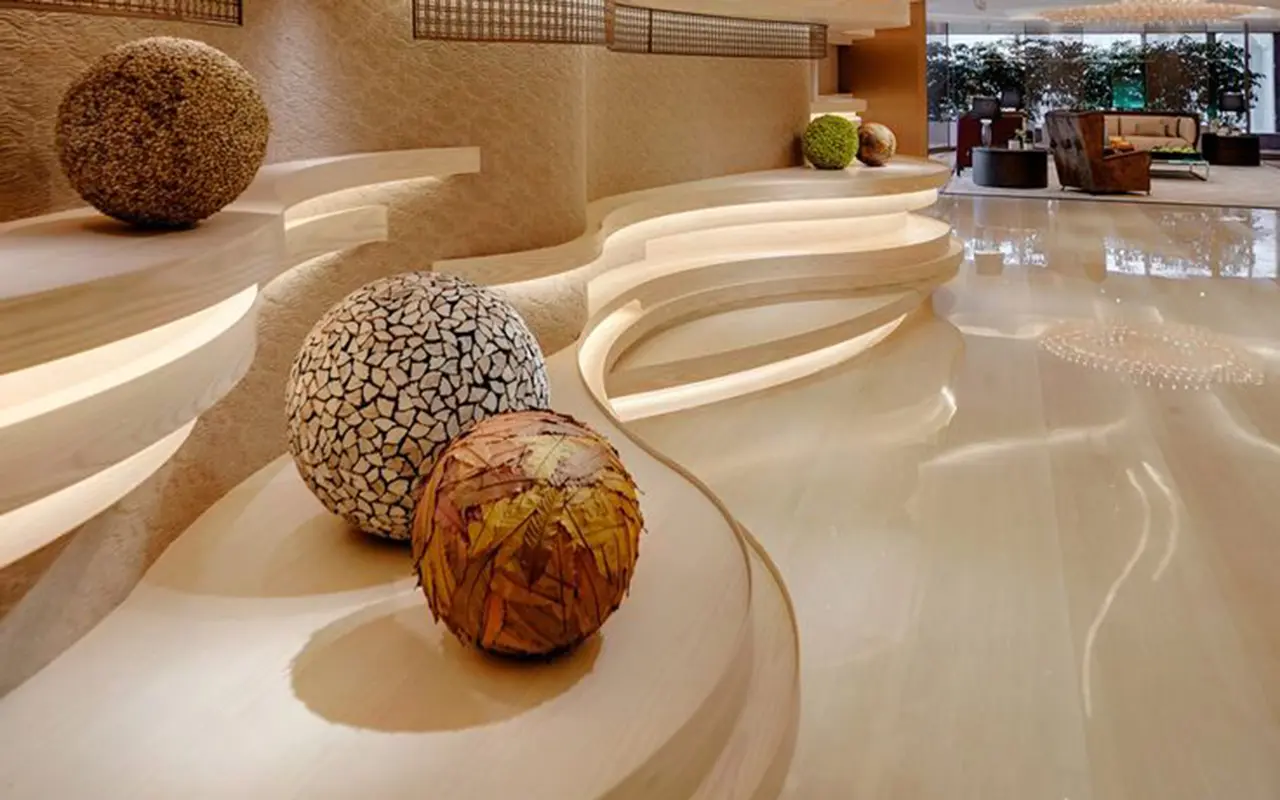
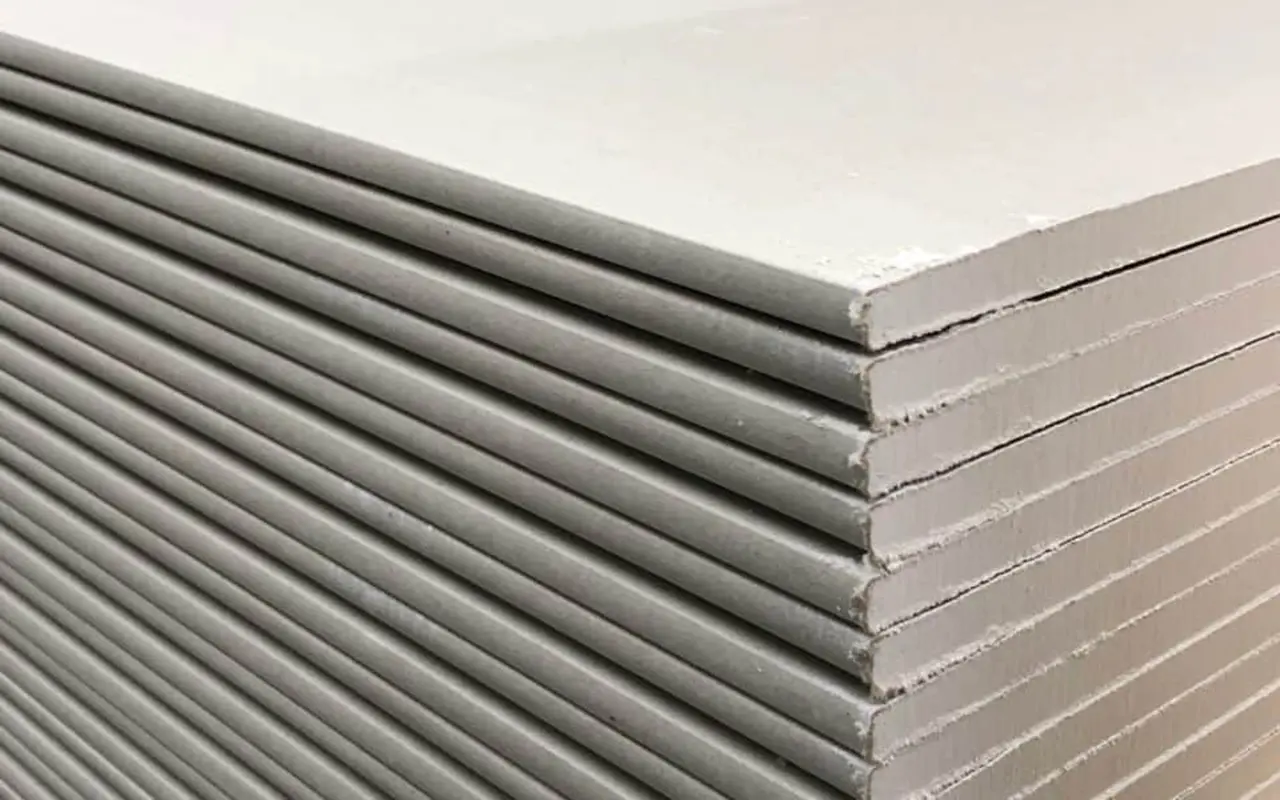
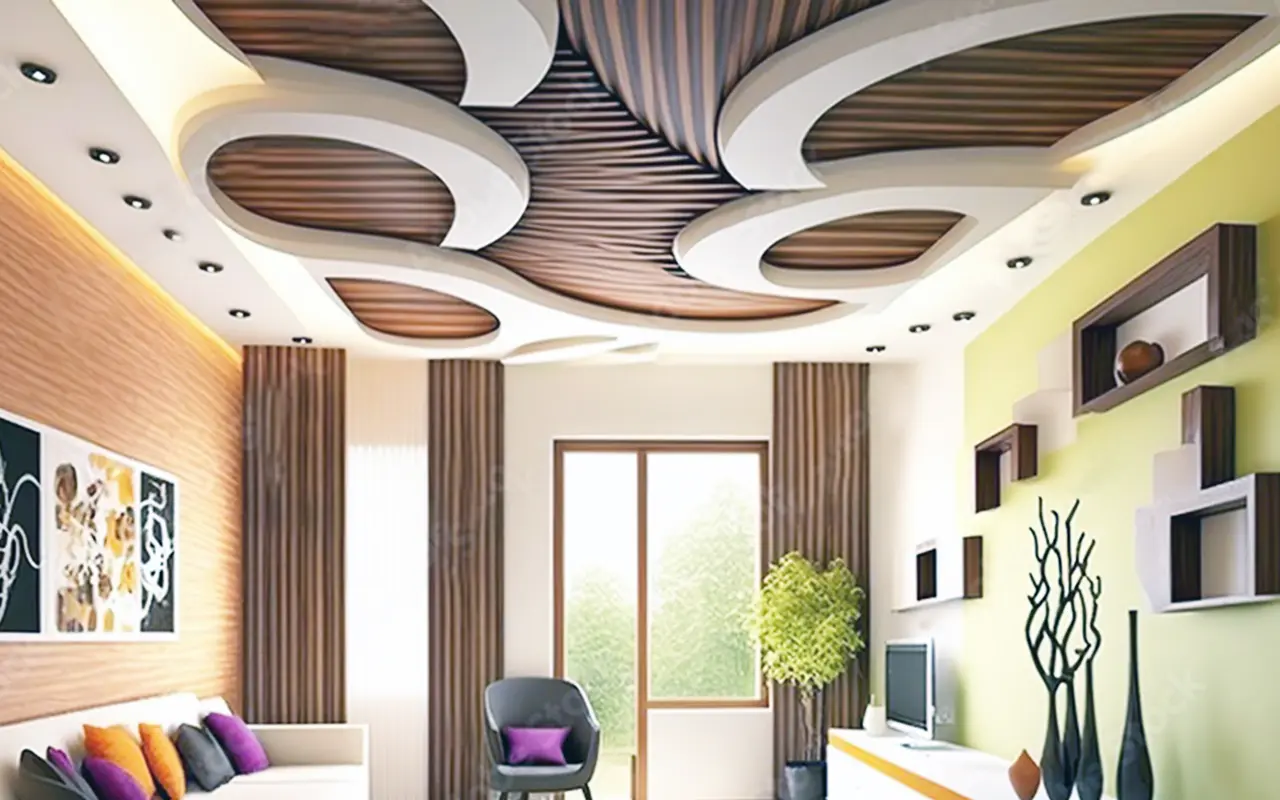
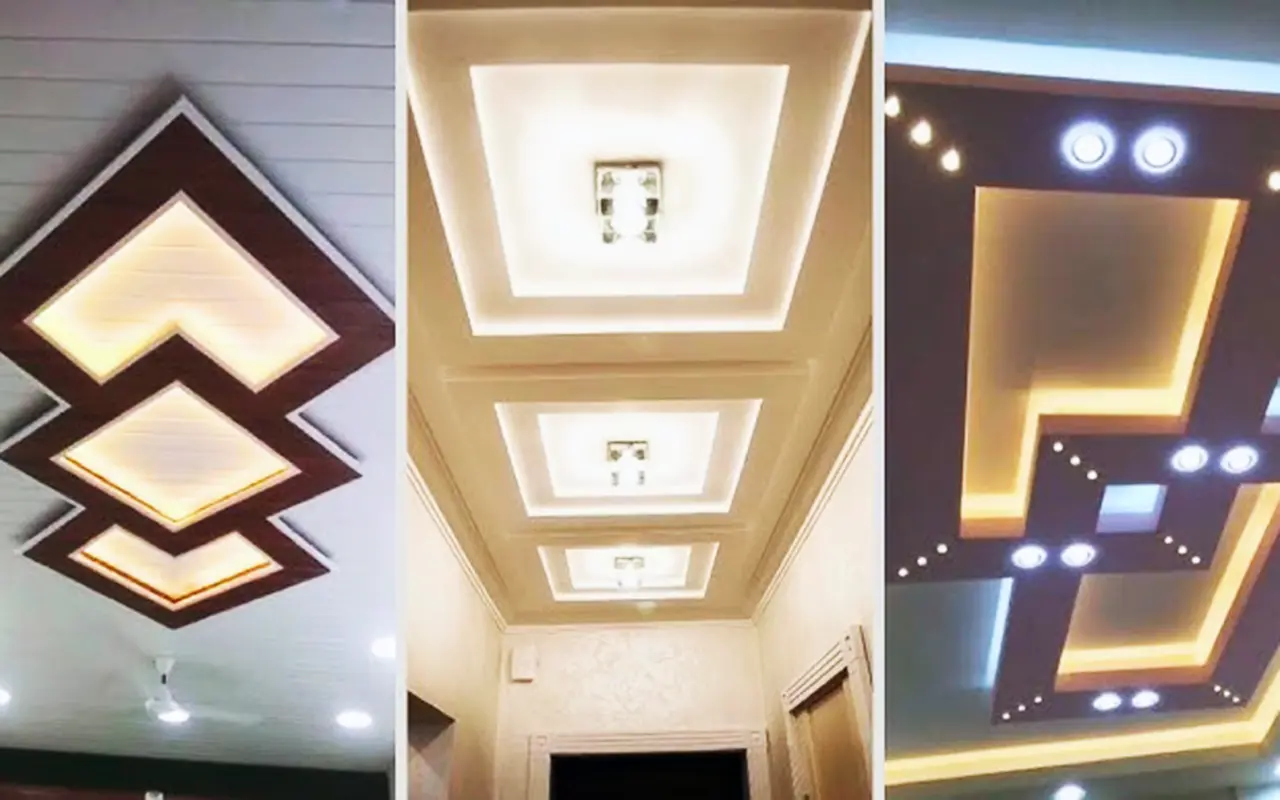
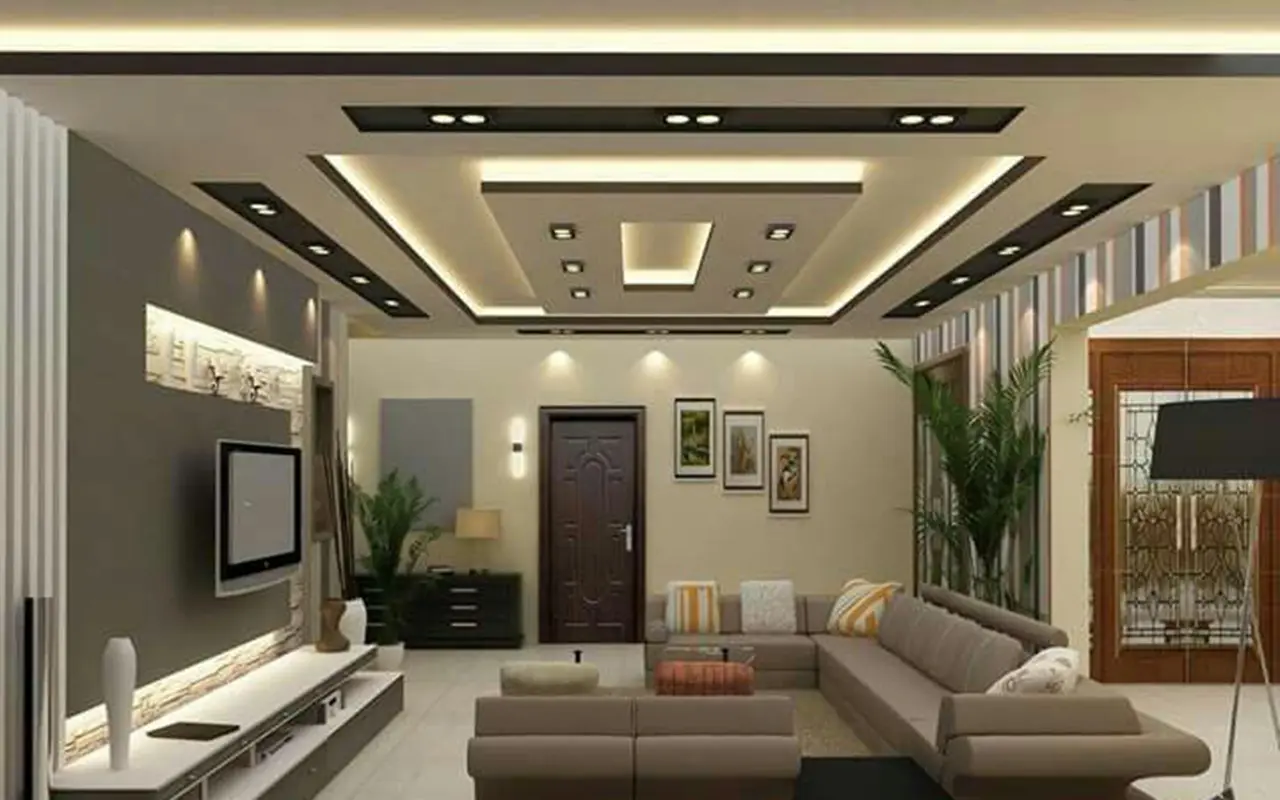
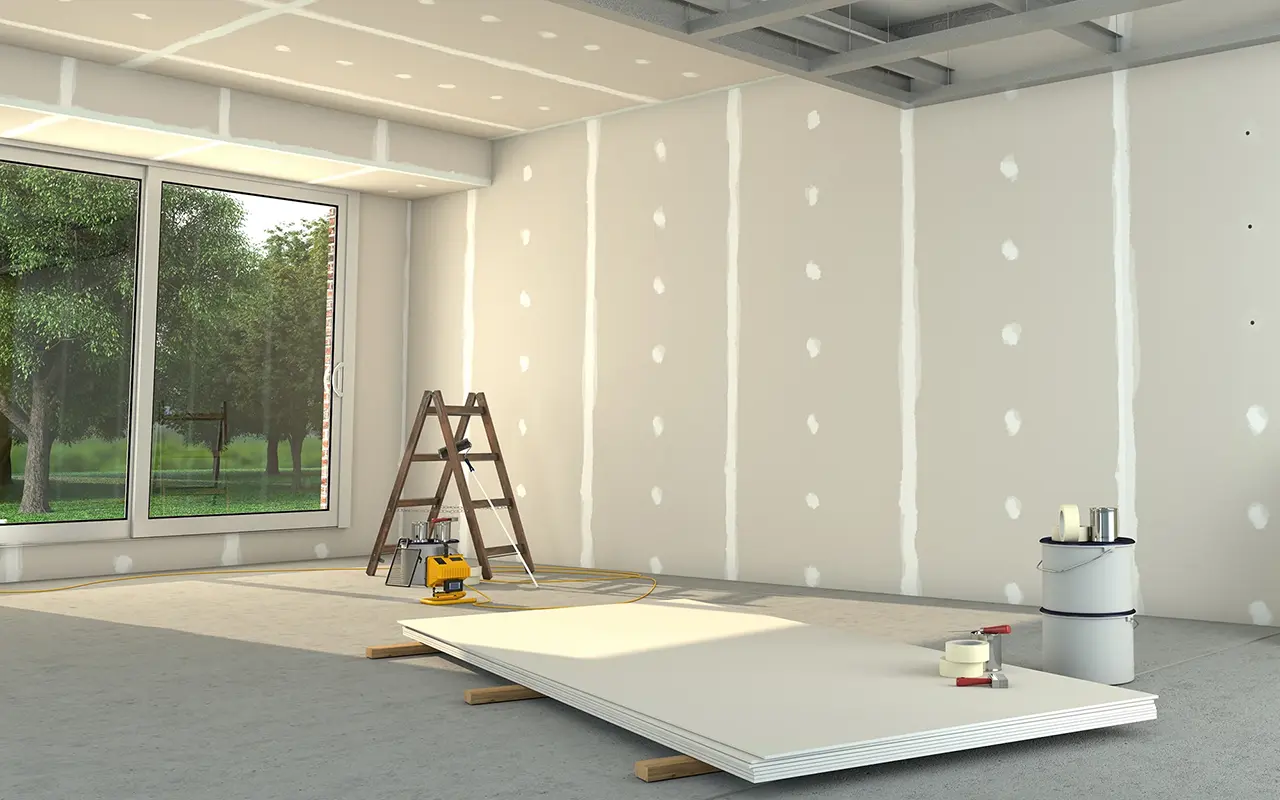

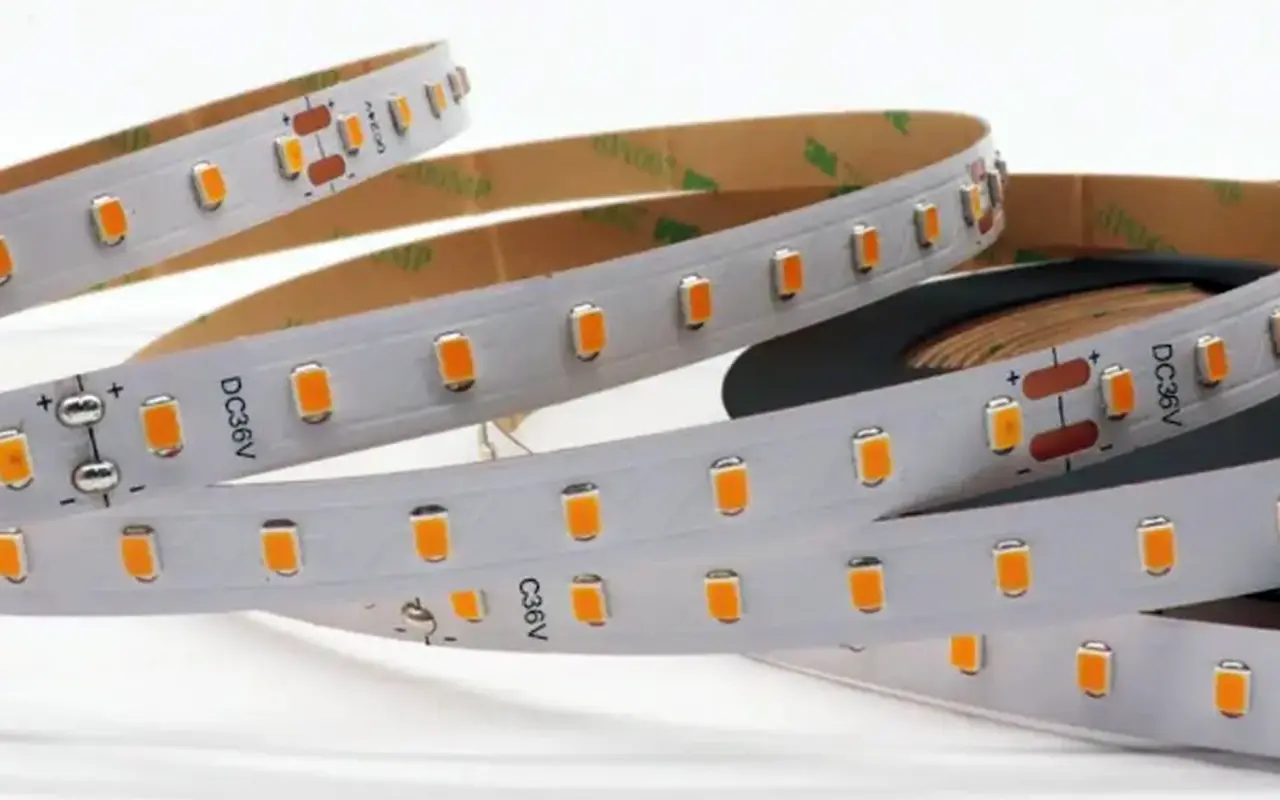
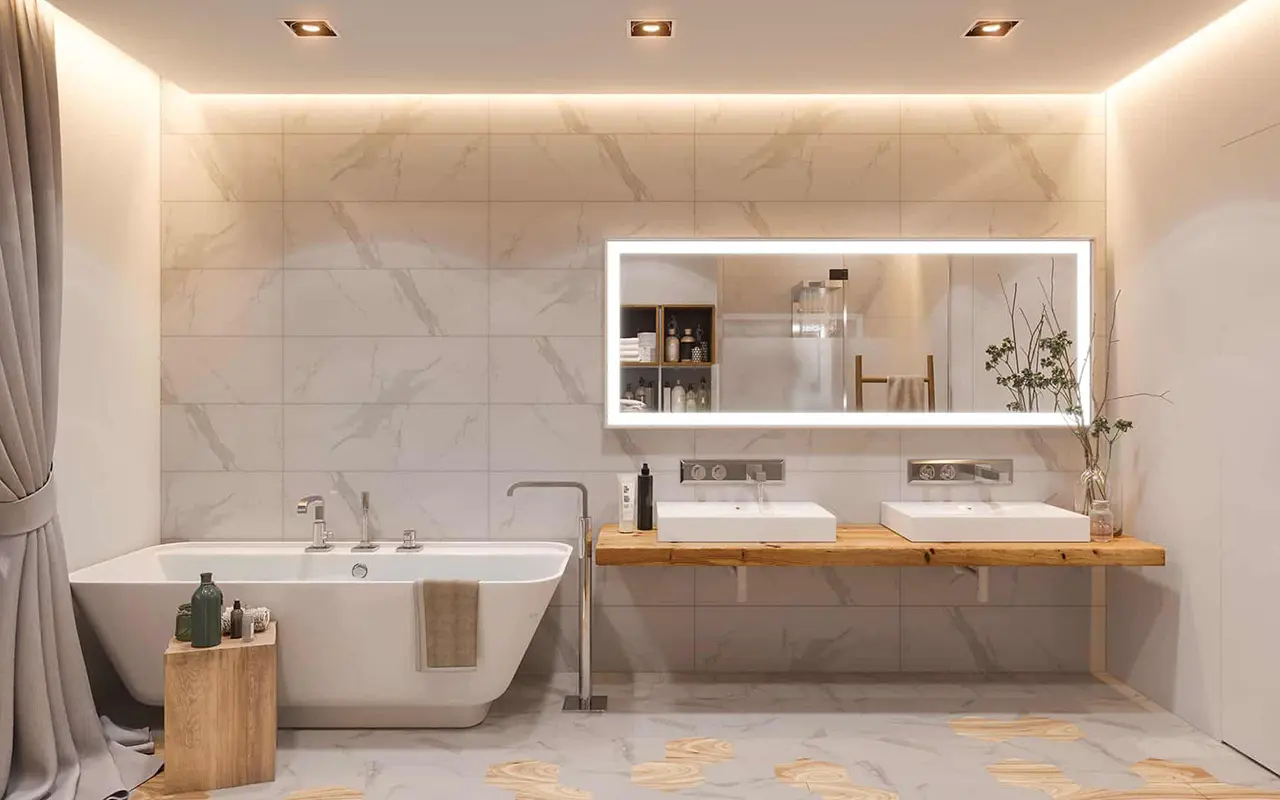
Laisser un commentaire
Rejoindre la discussion?N’hésitez pas à contribuer !